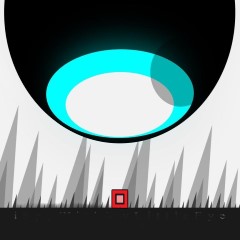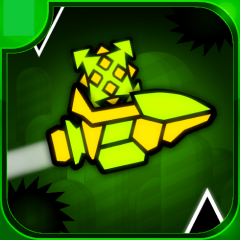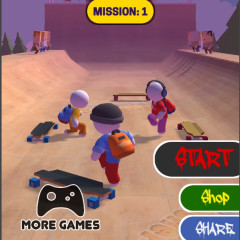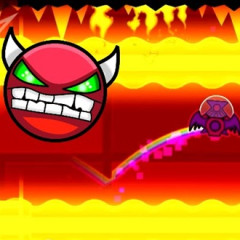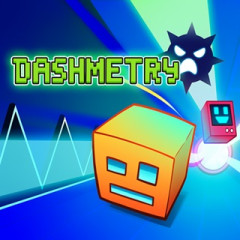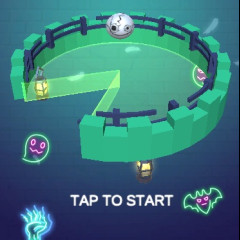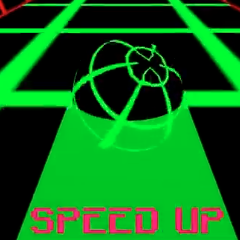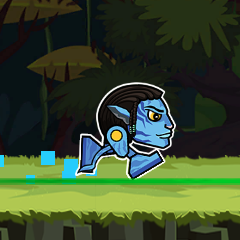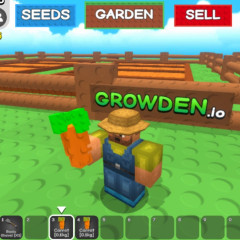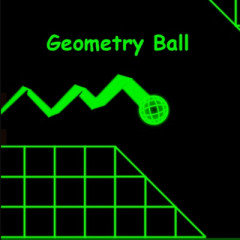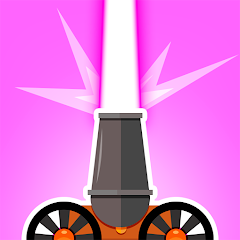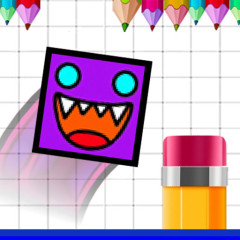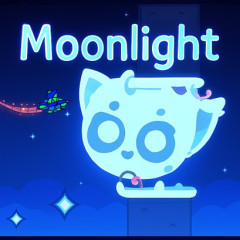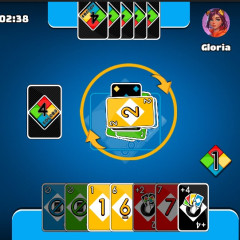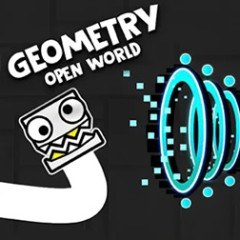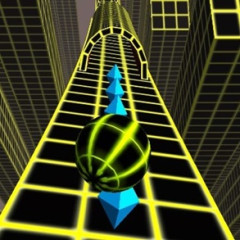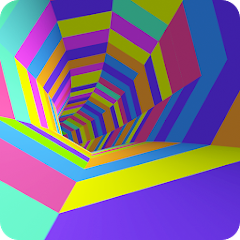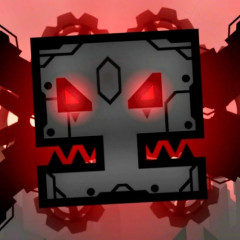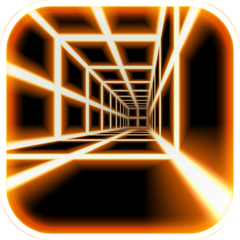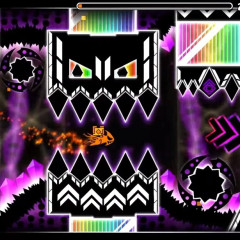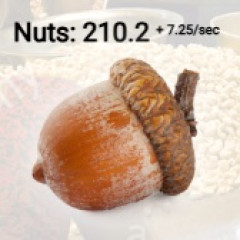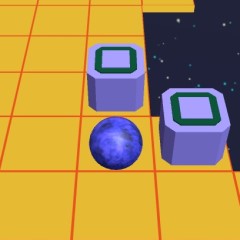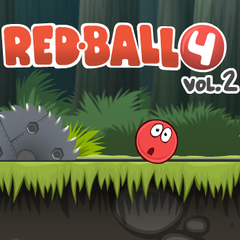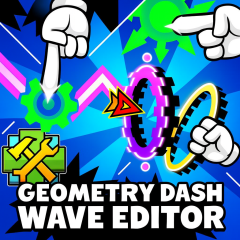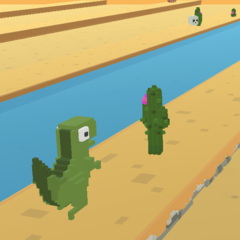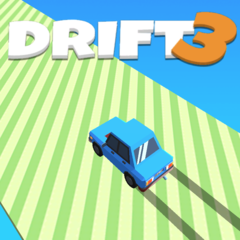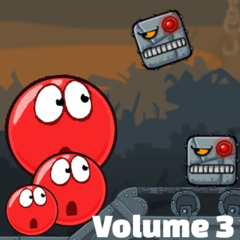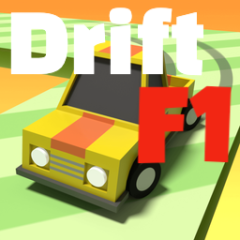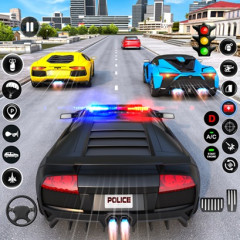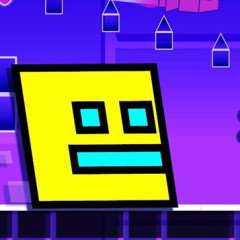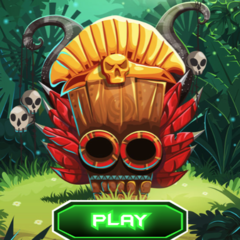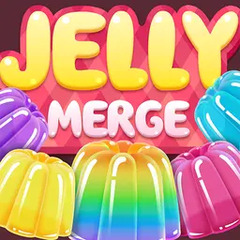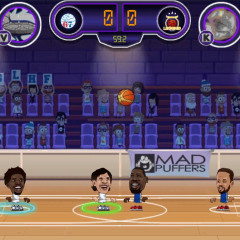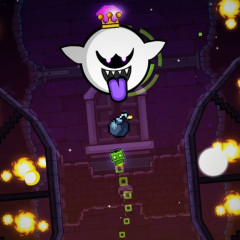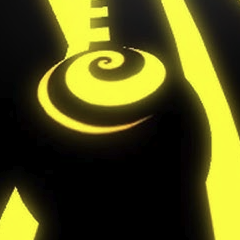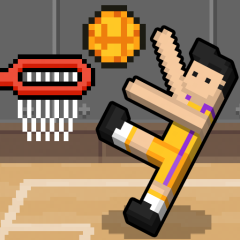Death Run 3D
Recommend For You
About Death Run 3D
Death Run 3D is a neon tunnel runner where you dodge obstacles at extreme speed, steer with four arrow keys, and chase endless personal records.
What makes Death Run 3D unique?
Death Run 3D takes the endless runner concept into a first person tunnel filled with glowing blocks, sharp corners, and almost no reaction time. Instead of guiding a ball on a slope or a cube on a flat track, you move inside a tube where obstacles slide toward you from every direction.
The feeling comes from pure reflex play. No upgrades, no special skills, no story missions, only movement, vision, and rhythm between your hands and the arrow keys.
How do you play Death Run 3D?
The controls stay extremely simple, so the challenge comes from speed rather than button complexity. You guide a small cube through a four sided tunnel:
- Up arrow: move toward the top side of the tunnel
- Down arrow: move toward the bottom side of the tunnel
- Left arrow: slide to the left side
- Right arrow: slide to the right side
Each side of the tunnel works like a separate lane. Obstacles appear on one or more sides; your job involves jumping from wall to wall with perfect timing so the cube passes through any gaps that remain open.
How do you avoid obstacles at high speed?
Every collision ends the run immediately, so reading the tunnel layout matters more than anything else. Blocks can sit still, drift sideways, or stack into narrow patterns that leave only one safe path. Many moments feel like sudden puzzles solved in a split second.
- Scan far ahead rather than staring at the cube
- Use short taps on the arrow keys for precise lane changes
- Memorize common obstacle layouts after multiple attempts
- Stay relaxed, since panic often leads to overcorrection
Speed ramps up quickly compared with most tunnel or slope titles, so players rarely feel comfortable. That constant pressure creates the signature tension of Death Run 3D.
Which modes can you choose in Death Run 3D?
The game offers four main modes that share the same core rules but differ in difficulty and tunnel layout:
- Maelstrom - suitable as a first step, with demanding speed but slightly clearer gaps.
- Superluminal - higher pace, tighter spacing between blocks.
- Hyper Maelstrom - heavier obstacle density and more frequent direction changes.
- Hyper Superluminal - the most unforgiving setup, with extreme speed and unpredictable patterns.
All four modes rely on the same four arrow keys and similar neon tube visuals. Differences mainly come from how many safe lanes remain open and how fast patterns rush toward you.
How does Death Run 3D compare to Slope and Geometry Dash Lite?
| Feature | Death Run 3D | Slope | Geometry Dash Lite |
|---|---|---|---|
| Viewpoint | First person tunnel perspective | Third person view behind a rolling ball | Side view along a 2D track |
| Core movement | Move a cube on four tunnel sides with arrow keys | Guide a ball left or right down a slope | Tap to jump, fly, or transform through portals |
| Goal | Survive as long as possible without hits | Stay on the track and collect points | Clear handcrafted levels from start to finish |
| Difficulty source | Rapid obstacle patterns and constant high speed | Increasing slope speed and narrow platforms | Complex traps, tight jumps, and rhythm timing |
| Progression style | Score chasing in multiple modes | Score chasing with endless track sections | Level based progression with stars and coins |
| Player focus | Pure reaction and tunnel awareness | Balance, steering, and speed control | Memory, rhythm sense, and pattern learning |
Final thoughts on Death Run 3D
Death Run 3D delivers one of the most intense reflex challenges among browser runners. Players who already enjoy the rolling tension of Slope or the pattern heavy jumps of Geometry Dash Lite can treat this tunnel sprint as a brutal test of focus. Short attempts, instant restarts, and four demanding modes create a loop that encourages one more try over and over.




